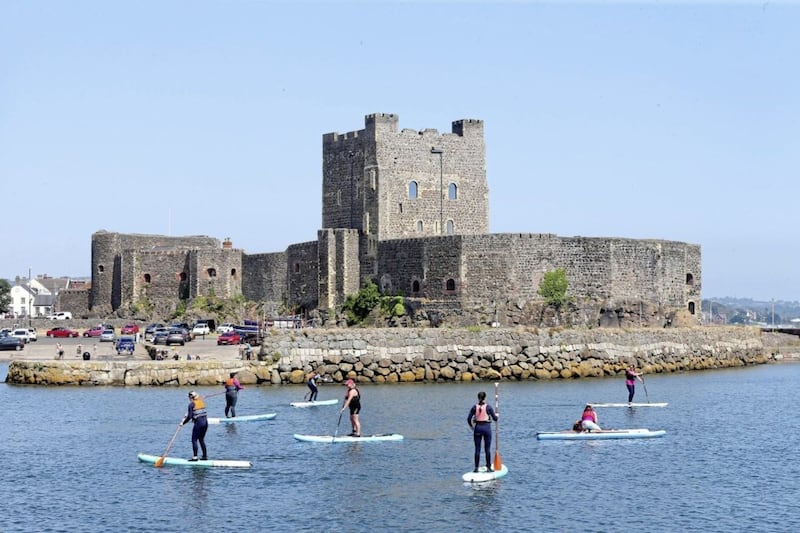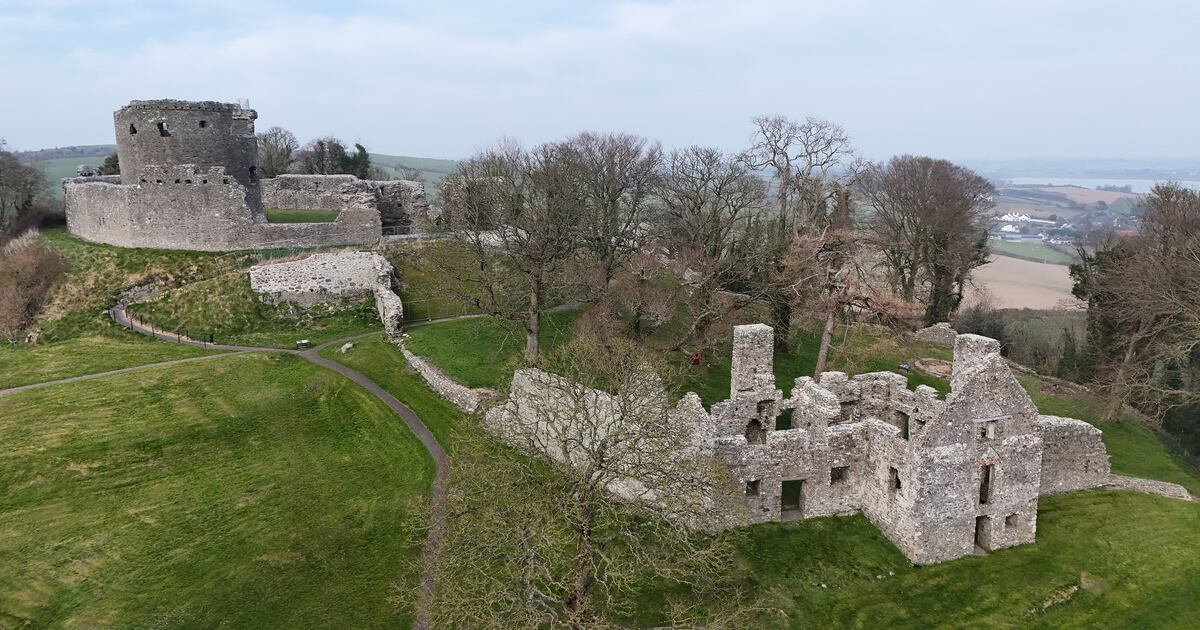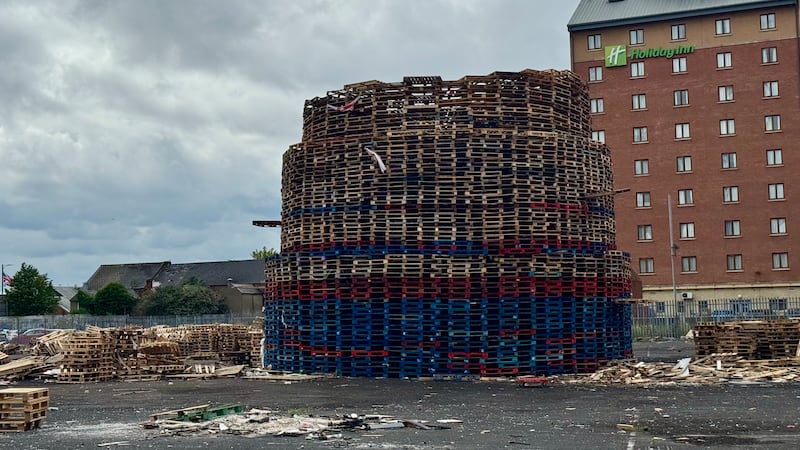A disability advocacy group has said that it is “deeply concerning” that wheelchair accessibility information is only centrally available online for three of the north’s 187 historic state care sites.
There are currently 187 State Care Monuments in the north, ranging from single sites such as Dunluce Castle to groups of monuments.
Described as “among the most important historic places in Northern Ireland”, they are maintained by the Historic Environment Division (HED) of the Department for Communities (DfC).
While not all currently open to the public, they are centrally listed on the ‘Historic Places to Visit’ section of the DfC website.
However, details obtained by The Irish News via Freedom of Information (FOI) request reveal that just three of the 187 monuments on the department’s central register of monuments provide users with wheelchair accessibility information.
These include Ballycopeland Windmill and Dundrum Castle in Co Down as well as Co Armagh’s Navan Fort.
While accessibility information for sites, such as Carrickfergus Castle, may be found in advance on other websites, the information is not recorded on the department’s central list.
In the FOI response, HED stated that wheelchair accessibility “is not held by this Department in recorded form for all 187 State Care Monuments” but that they hoped to update the website as information becomes available.
They said that the “collection, recording and communication of information regarding wheelchair accessibility at State Care Monuments does form part of a wider accessibility project currently underway” within DfC, however “the element regarding wheelchair accessibility is at an early stage”.
 While accessibility information for sites, such as Carrickfergus Castle, may be found in advance on other websites, the information is not recorded on the department’s central list PICTURE: MAL MCCANN
While accessibility information for sites, such as Carrickfergus Castle, may be found in advance on other websites, the information is not recorded on the department’s central list PICTURE: MAL MCCANN
Nuala Toman, head of accessibility at Disability Action NI, told The Irish News that while they understand the challenges that come with making historic sites accessible, it was “deeply concerning” that DfC only had information listed for three sites.
“Disabled people should be able to access and enjoy our shared heritage on an equal basis with everyone else,” she said.
“The fact that accessibility information is only provided for three of the 187 sites is deeply concerning. This creates unnecessary barriers for disabled people who are already excluded from so many areas of public life.
“Accessibility is not just about physical access to a site, but also about clear, accurate and transparent information so that disabled people can make informed decisions before we travel.
“Without this, disabled people face uncertainty, wasted journeys, and exclusion from cultural and community life.”
Campaigner Tim Hedgely said that not having accessibility information easily available means those with disabilities “just don’t go”.
“Every single journey I take which is generally no more than an hour, I have to know where the toilet stops are and I have to be aware of those things,” he said.
“Accessibility should be accessibility for absolutely everybody, not ‘them and us’ – we’re all part of the same community.
“It makes you feel like [you’re not part of the community].”
Ms Toman from Disability Action has called on the department to carry out “a full accessibility audit of all state care monuments” and to publish the information in “a clear user-friendly format” as well as setting out a plan for “addressing barriers”.
The Department for Communities has been contacted for comment.


